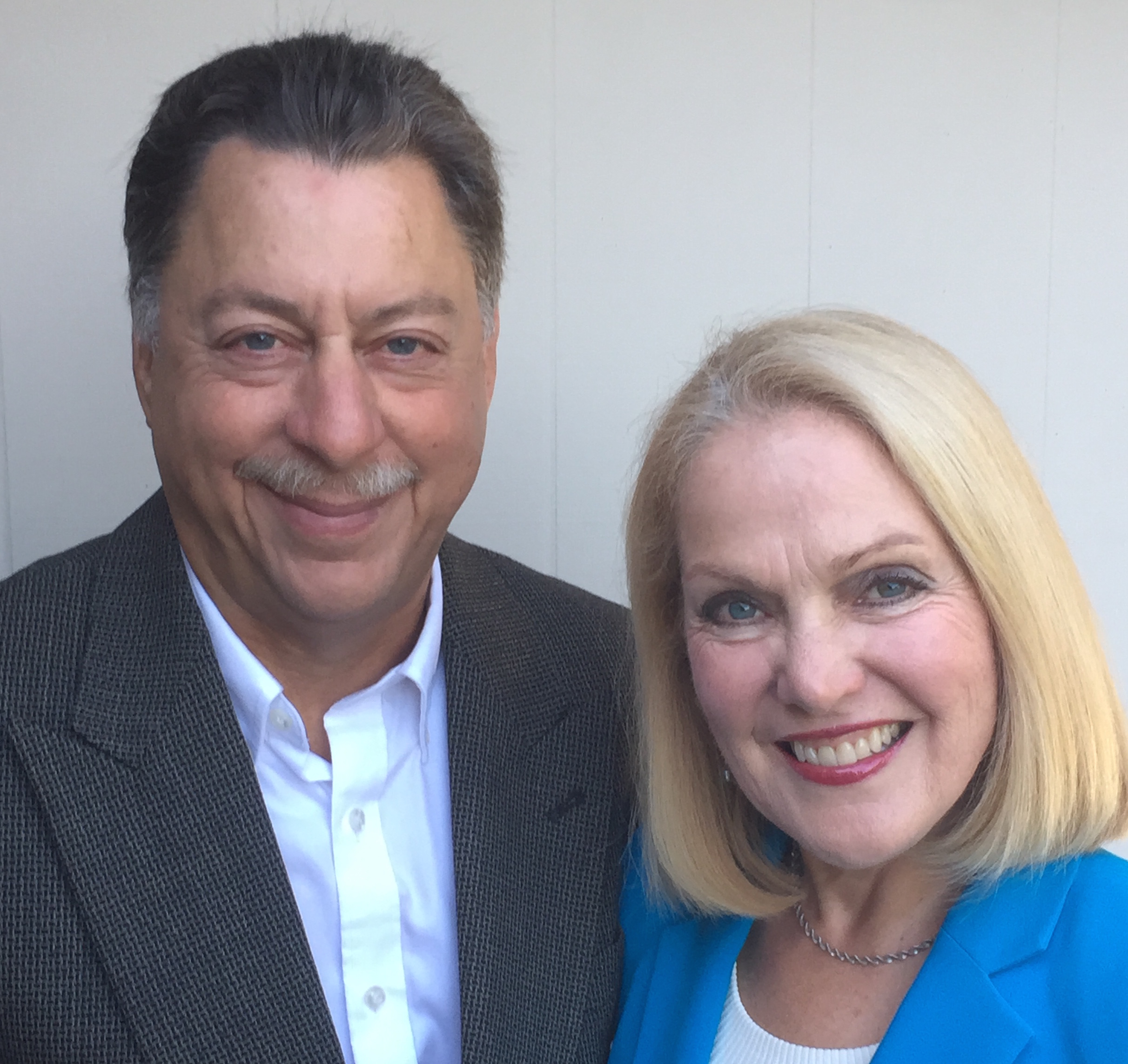Most financial professionals see themselves doing fine in helping their clients plan ahead for retirement. And their clients are probably in for a nasty surprise no one is talking about. The professionals have done the calculations, used the algorithms, had the conversations about their clients’ goals. You may have forgotten something. Are you missing the elephant in the room: long term care?
At least a third of your clients are going to need it at some point. We’re not talking about nursing home care here. We’re talking about all the other out of pocket costs clients are not considering but that they will likely need as they age. Think about longevity today. Both men and women will probably live into their 80s at least. How many 85 year olds do you know who do not need any sort of help with anything in their lives? Not many, we’ll bet.
As the body ages, it is harder to see, hear, get around physically, drive, and manage households and finances. Help with all of those things is actually an out of pocket cost we consider to be long term care. Medicare calls it “custodial care”. That means all the kinds of support an aging person needs to stay out of a nursing home. The actual cost of a nursing home is another discussion altogether. When we talk about custodial care here we mean help with bathing, dressing, walking, eating, getting to the bathroom and getting out of bed onto a chair and back. These are called “activities of daily living” or ADLs. We are also talking about help with shopping, cooking, paying bills, cleaning the house and doing laundry. These are called “instrumental activities of daily living” or IADLs.
Your clients don’t want to think about needing help. In this country, we insist on believing that we will always be independent–it’s embedded in our culture and myths about aging. But those myths are not true. Independence declines with age for most of us. And help is expensive.
Consider that the averages you hear about do not address this at all when it comes to retirement planning. “The average couple age 65 will spend (fill in the blank here, anywhere from $265,000 to $400,000) on out of pocket medical expenses.” OK. Custodial care is NOT medical care. Medicare does not cover it. Health insurance, including Medigap coverage does not pay for it. Who then does? Some long term care insurance policies cover some of it, with restrictions. Otherwise, it’s all an out of pocket non-medical cost your client will have to cover. Imagine the costs when you calculate the “burn rate” of their retirement funds. Didn’t factor that in? It’s time for a second look at the plan.
if you have no idea how to calculate this or what your client’s chances are for needing to pay for any kind of long term care, you can learn the basics and the costs in our newest book. Get the facts quickly that will help you in Hidden Truths About Retirement and Long Term Care: The Financial Advisors’ Guide. Order your copy by clicking HERE.
 |
Dr. Mikol Davis and Carolyn Rosenblatt, co-founders of AgingInvestor.comCarolyn Rosenblatt, RN, Elder Law Attorney offers a wealth of experience with aging to help you create tools so you can skillfully manage your aging clients. You will understand your rights and theirs so you can stay safe and keep them safe too. Dr. Mikol Davis, Psychologist, Gerontologist offers in depth of knowledge about diminished financial capacity in older adults to help you strategize best practices so you can protect your vulnerable aging clients. They are the authors of "Succeed With Senior Clients: A Financial Advisors Guide To Best Practice," and "Hidden Truths About Retirement And Long Term Care," available at AgingInvestor.com offers accredited cutting edge on-line continuing education courses for financial professionals wanting to expand their expertise in best practices for their aging clients. To learn more about our courses click HERE |


